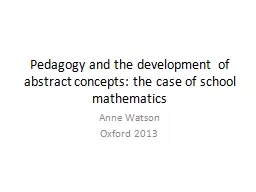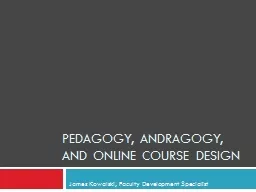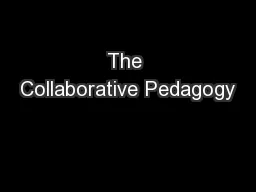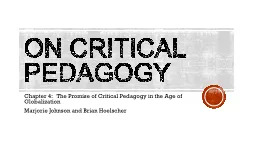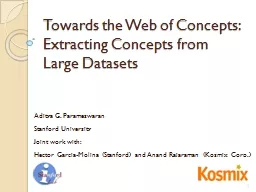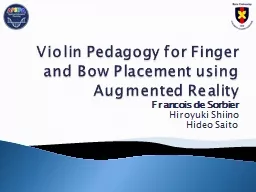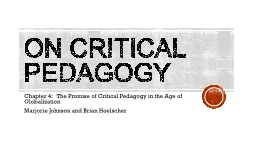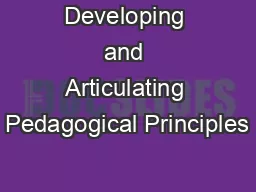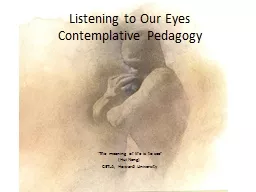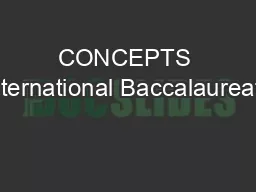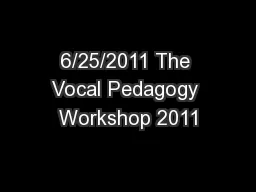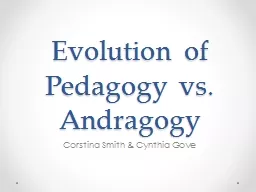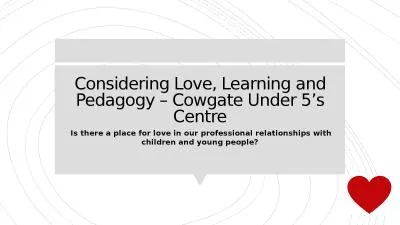PPT-Pedagogy and the development of abstract concepts: the case
Author : test | Published Date : 2016-09-10
Anne Watson Oxford 2013 Plan Examples of school mathematical concepts to illustrate the endeavour Examples of how processes of mathematical conceptualisation are
Presentation Embed Code
Download Presentation
Download Presentation The PPT/PDF document "Pedagogy and the development of abstract..." is the property of its rightful owner. Permission is granted to download and print the materials on this website for personal, non-commercial use only, and to display it on your personal computer provided you do not modify the materials and that you retain all copyright notices contained in the materials. By downloading content from our website, you accept the terms of this agreement.
Pedagogy and the development of abstract concepts: the case: Transcript
Download Rules Of Document
"Pedagogy and the development of abstract concepts: the case"The content belongs to its owner. You may download and print it for personal use, without modification, and keep all copyright notices. By downloading, you agree to these terms.
Related Documents

